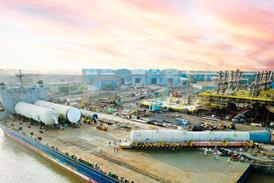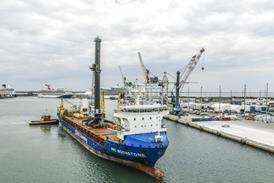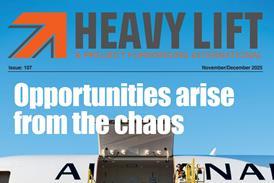The Baltic Exchange has launched a free fuel equivalence converter to help owners, traders, brokers and charterers understand the cost and commercial implications of greener fuel options.
The fuel equivalence converter has been designed with reliability and ease-of-use in mind, aimed at helping industry stakeholders comprehend the physical properties of marine fuels currently available on the market. It comes after the Baltic Exchange added biofuel blends to its emissions calculator earlier this year.
Users can compare the mass, volume and energy content of various traditional bunker and green fuel options to better understand how their bunker supplies would be impacted to achieve an equivalent level of energy, ultimately reducing compliance costs and operating with cleaner options.
“With a number of standard and alternative fuels available on the market, finding the conversion rates and energy ratios of all of the options in one place is incredibly difficult,” said Martin Crawford-Brunt, emissions lead at the Baltic Exchange. “Finding viable fuel options for our specific trades and ship types requires informed, data-led decisions that are grounded in reality.”
The fuel consumption of the Baltic standard ship is expressed in terms of metric tonnes per day of marine fuel oil. The fuel equivalence converter can be used to quickly find the volume or mass of an alternative fuel to provide a comparable amount of energy.
Currently, the converter includes VLSFO, HFO, LFSO crude, LFSO blend, ULFSO, MDO & MGO, LNG, ammonia and methanol. It also includes several unit types, including metric tonnes and cu m.
“Understanding the potential impact on operations of the many alternative fuel options is crucial given the shipping industry must navigate the growing number of emissions regulations coming into force, successfully,” added Crawford-Brunt.
















